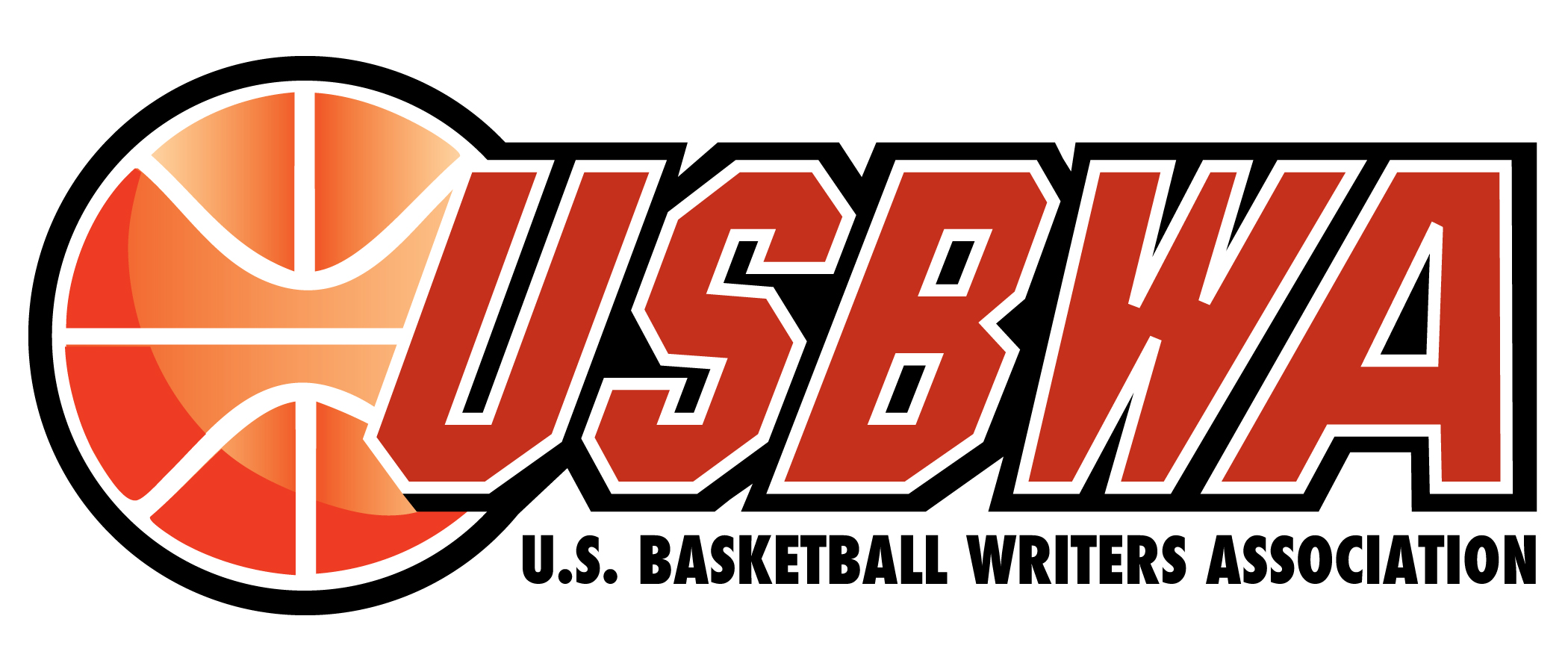hbcu basketball... a decade of disappointment
.jpg) |
| Tweet |
|

We are always
looking for additional people to submit stories, scores, stats, photos,
video, etc...
| NOTE: We are proud to announce that for the entire month of March, S.C. Fitch Enterprises, and all of its affiliates including Amateur Sports News Network, ASNN365.com, Amateur Sports Gallery and Kennel Sports Talk will be honoring this month as National Nutrition Month®. National Nutrition Month is a nutrition education and information campaign created annually in March by the American Dietetic Association. The campaign focuses attention on the importance of making informed food choices and developing sound eating and physical activity habits. Click here for more information. |
FOLLOW US...
 |
 |
 |
 |
 |
HTML Comment Box is loading comments...



